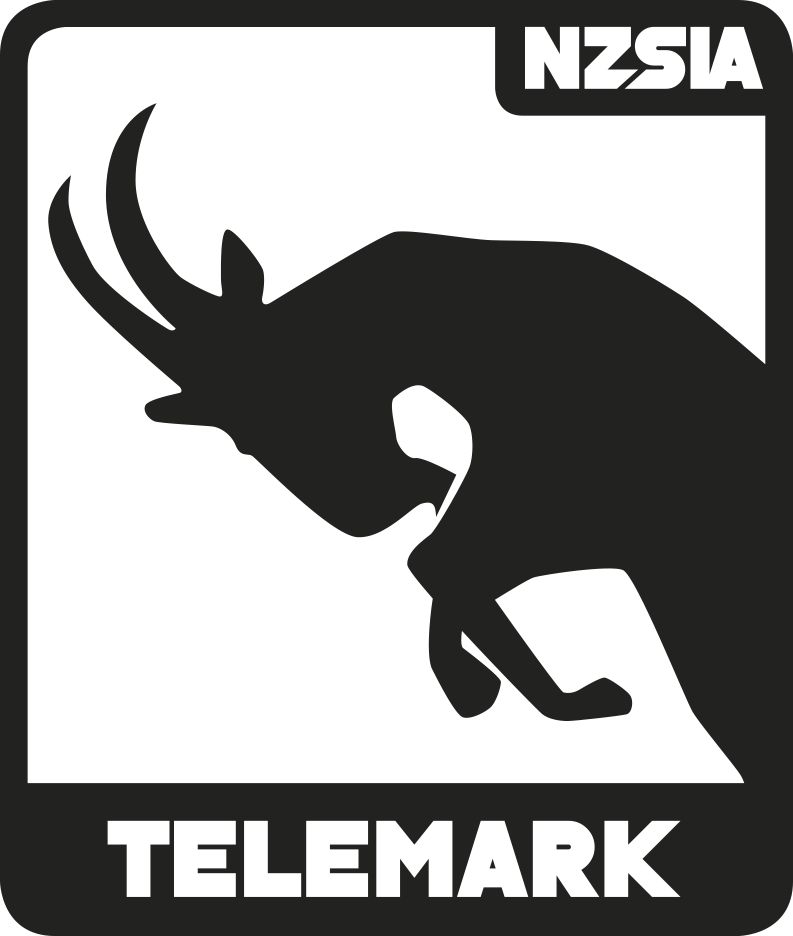Skilful Telemark Skiing. This section outlines the key skills for effective telemark skiing: situational awareness, active stance and balance, edging, steering, foot-to-foot balance, and lead change. Together, these allow skiers to move with efficiency, control, and adaptability across varied terrain.
![]()
Building Skill
Developing skill effectively requires guided problem-solving, internal motivation, and focused repetitions—whether it’s linking J turns or making a lead change for the first time. Both the instructor and the learner must understand that skill development is a process that involves trial and error. Mistakes are not setbacks but essential steps in learning.
When acquiring a new skill, the learner should first prioritize understanding the desired outcome—what success looks like and whether their performance aligns with it. This clarity helps guide their practice.
Next, the learner should focus on their sensory perception (what they are paying attention to), movement patterns (how they are moving), and proprioception (awareness of limb positioning relative to the body). Engaging in focused repetitions, recognizing errors, and adjusting accordingly is the most effective way to build skill.
The Role of Neurobiology in Skill Development
Movement and skill acquisition are deeply tied to neurobiology. Key components include:
- Central Pattern Generators (CPGs): Located in the spinal cord, CPGs generate and control repetitive movements. When a skill becomes highly developed, CPGs handle these movements automatically.
- Upper Motor Neurons: Control deliberate movements and are engaged when learning new skills.
- Lower Motor Neurons: Transmit signals from the spinal cord to muscle fibers, initiating movement.
Open & Closed Loop Learning
The brain uses different feedback mechanisms to control, monitor, and adapt movement. Skiing involves both open and closed loop learning.
- Open Loop Learning occurs when a movement is executed without real-time adjustments. The brain sends a signal to the muscles, and the action happens without feedback altering its course. A simple example is throwing a dart at a target.
- Closed Loop Learning allows for adjustments during movement based on feedback. There are two types:
- Internal Closed Loop: The muscles themselves process proprioceptive or kinesthetic feedback and make micro-adjustments in real time. For example, maintaining an athletic stance while telemark skiing—your muscles continuously adapt to keep you balanced.
- External Closed Loop: The brain processes external feedback and sends new instructions to the muscles. For example, when telemark skiing off-piste, if you see a rock, your brain registers this visual information and adjusts your movements to avoid it.
Applying These Concepts
Understanding how the brain processes movement and feedback can help skiers develop skills more efficiently. By focusing on clear performance goals, engaging in structured practice, and utilizing different feedback mechanisms, learners can refine their technique and adapt to changing conditions on the mountain.

